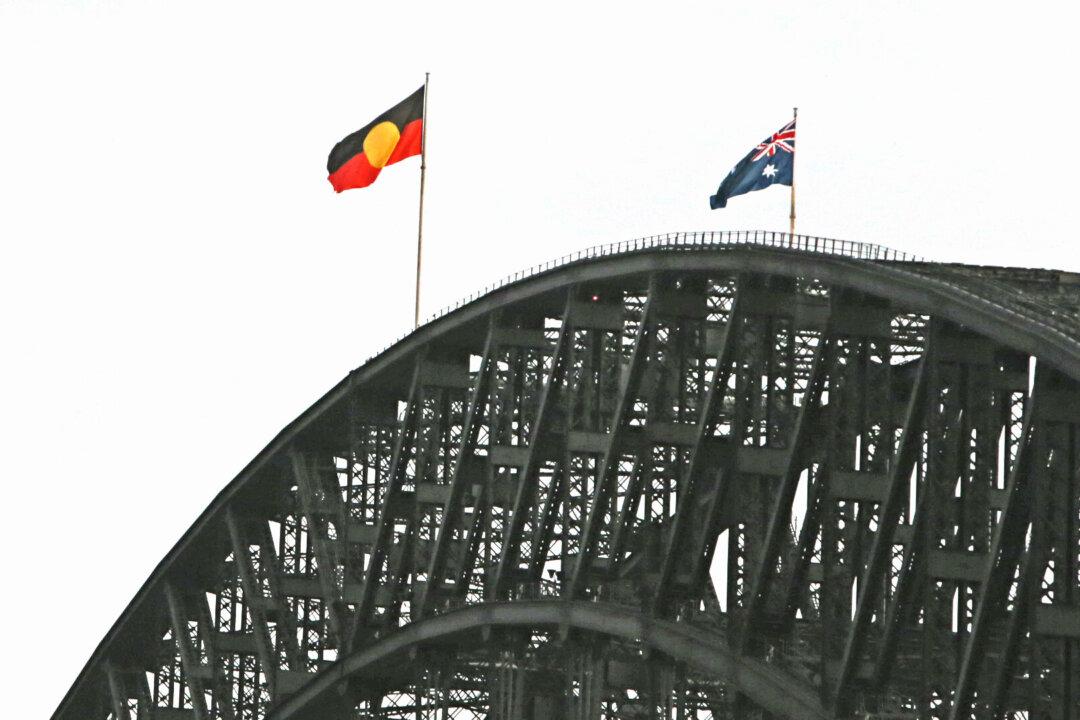An outspoken Indigenous senator has described the recent move to fly the Aboriginal flag permanently on Sydney Harbour Bridge as virtue signalling that distracts from real issues Indigenous Australians face.
NSW Premier Dominic Perrottet initially proposed in June to invest $25 million in putting an additional pole atop the bridge but later decided to replace the New South Wales flag with the Aboriginal flag and reallocated the money to Indigenous initiatives.




